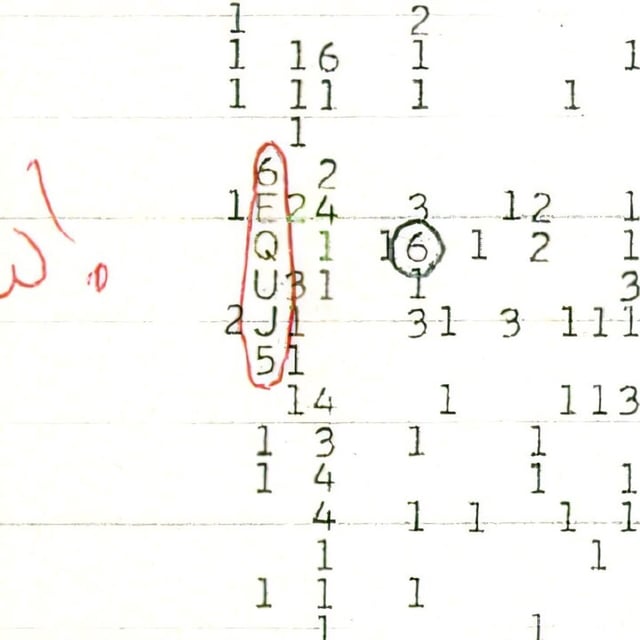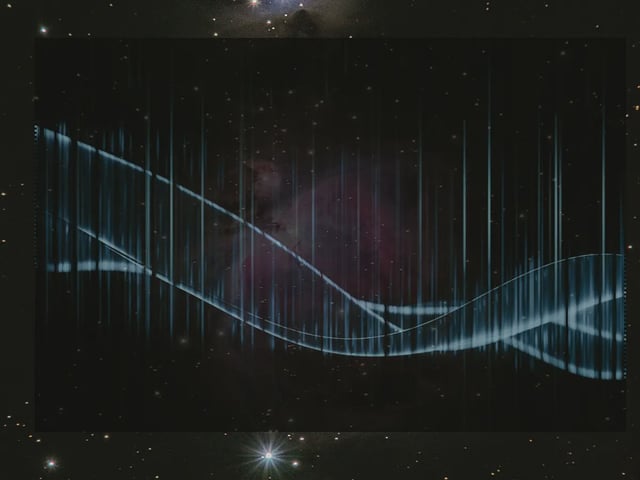Overview
- The team recalculated the signal’s flux density to about 250 Janskys, well above prior estimates of 54–212 Janskys.
- Researchers corrected the frequency to 1420.726 MHz from 1420.4556 MHz, a shift that implies a faster-moving source within the Milky Way.
- The candidate sky region was narrowed, increasing the statistical confidence in the location by roughly two-thirds.
- The study reports ruling out known human-made sources and supports an astrophysical explanation consistent with a neutral hydrogen cloud possibly excited by a transient such as a magnetar.
- The findings, posted as an arXiv preprint submitted on August 14 to The Astrophysical Journal, were enabled by OCR of more than 75,000 preserved Big Ear pages and by fixes including a mislabeled channel and a 21-second clock offset.

